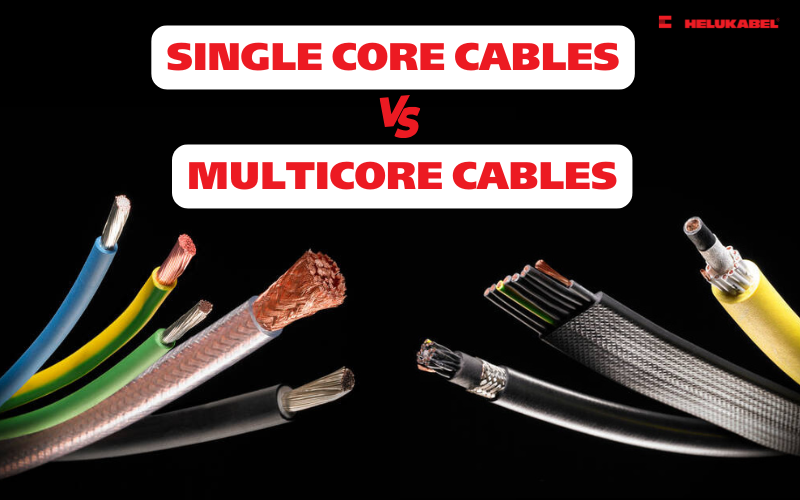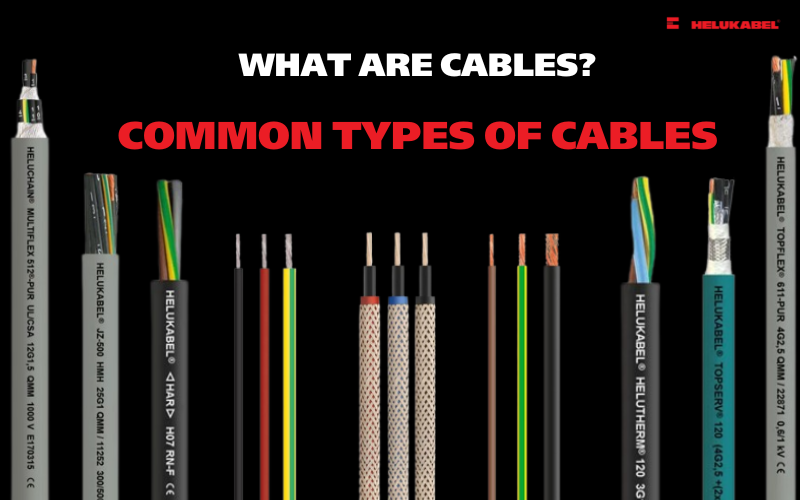What is residential electrical wiring? Common types of residential electrical cables
What are the characteristics of residential cables, and how do they differentiate themselves from industrial cables? Let's explore in this article!
1. A glance at residential electrical wiring
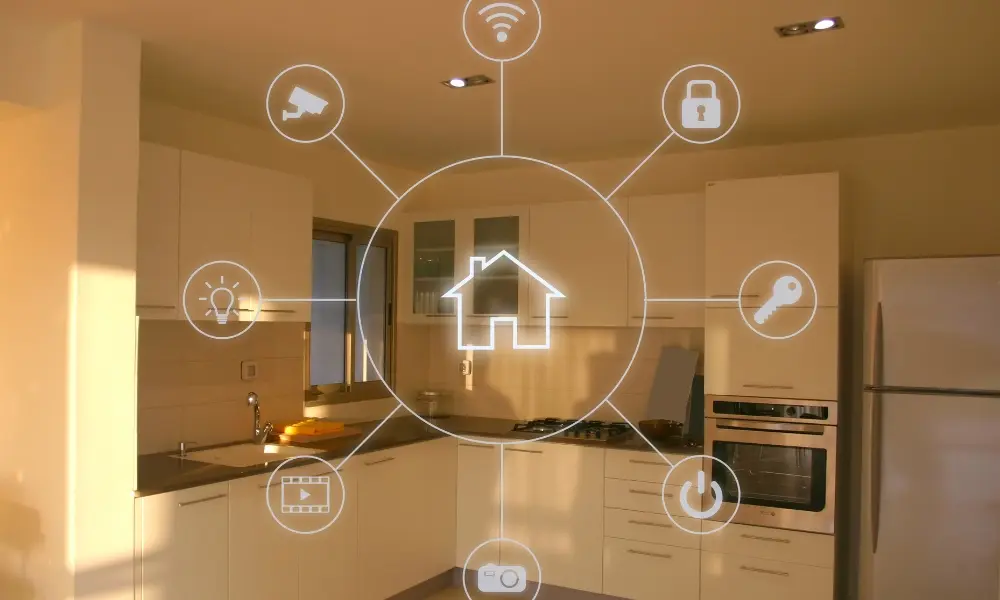
1.1 What Is residential electrical wiring?
A residential electrical system refers to the entire network of wires and electrical devices installed to deliver electricity and lighting throughout a home. This system includes electrical wires, switches, outlets, circuit breakers, fuses, and other related components. A professionally designed and installed electrical system ensures a stable power supply and promotes electrical safety for all household devices and appliances.
The primary purpose of a residential electrical system is to distribute electricity from the main power source to various parts of the home, enabling the use of lighting, household appliances, and other electrical devices. The system is designed to safely transmit electricity, preventing risks such as electric shock, fire, and electrical accidents. It includes a network of conductors, switches, sockets, and protective devices that work together to manage and distribute current within the home.
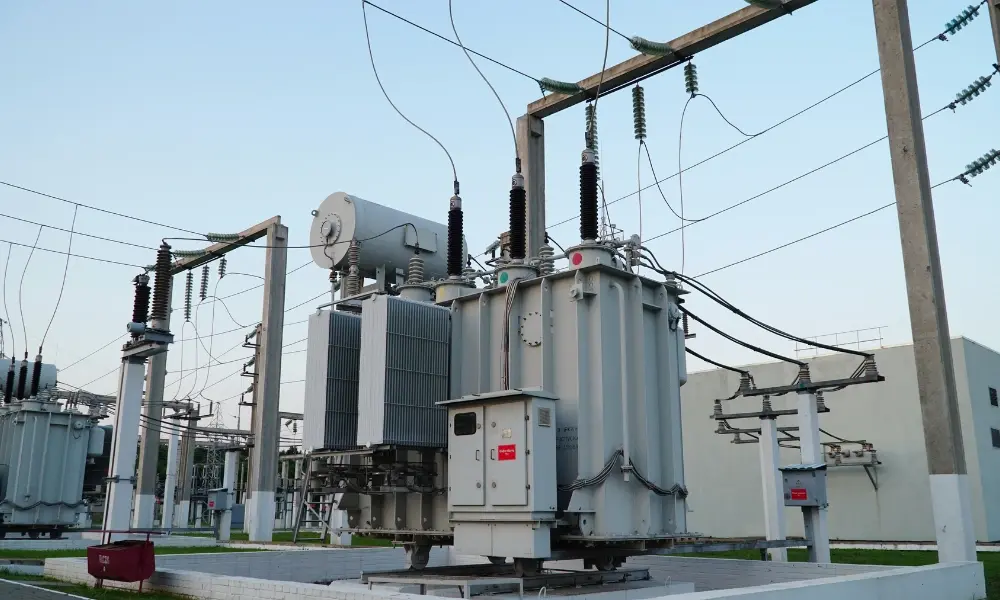
1.2 How is electricity delivered to homes?
The electricity we use daily is generated in power plants. It is transmitted to the national grid, where substations step up the voltage to very high levels, typically between 300 kV and 500 kV. At these high voltages, electricity can travel long distances - hundreds of kilometers - to cities and residential areas efficiently with minimal loss.
Before it can be used, the high voltage is stepped down through a distribution network. At this stage, power is delivered to local distribution substations, where transformers reduce the voltage to approximately 7,200 V. From there, it is transmitted via street power lines to individual residences and commercial buildings. The pole-mounted transformers you see in neighborhoods reduce the voltage further from 7,200 V to 220 V, the standard household voltage in Vietnam.
Each home typically receives three incoming wires:
- One bare wire for grounding,
- Two insulated wires, each carrying 120 V.
This configuration allows households to power both 120 V devices (such as lights, TVs, computers) and higher-voltage appliances requiring 220–240 V (like washing machines, air conditioners, and electric stoves).
2. Differences between residential and industrial cables

Unlike residential cables, industrial cables are specialized to meet the rigorous demands of industrial environments. Key differences include:
2.1 Power supply
Residential homes generally require less power, so single-phase electricity with a simple wiring system is sufficient. These systems typically use alternating current (AC), which is ideal for long-distance transmission and safe for home use.
In contrast, commercial or industrial facilities demand a stable and high-capacity power supply. Improper power supply in such environments can result in power outages, equipment damage, or even fires. Therefore, commercial buildings and factories often use three-phase electrical systems. Benefits include:
- Higher power capacity for heavy-duty equipment
- Improved transmission efficiency
- Stable operation of large motors and industrial machinery
- Suitability for manufacturing, construction, and automation
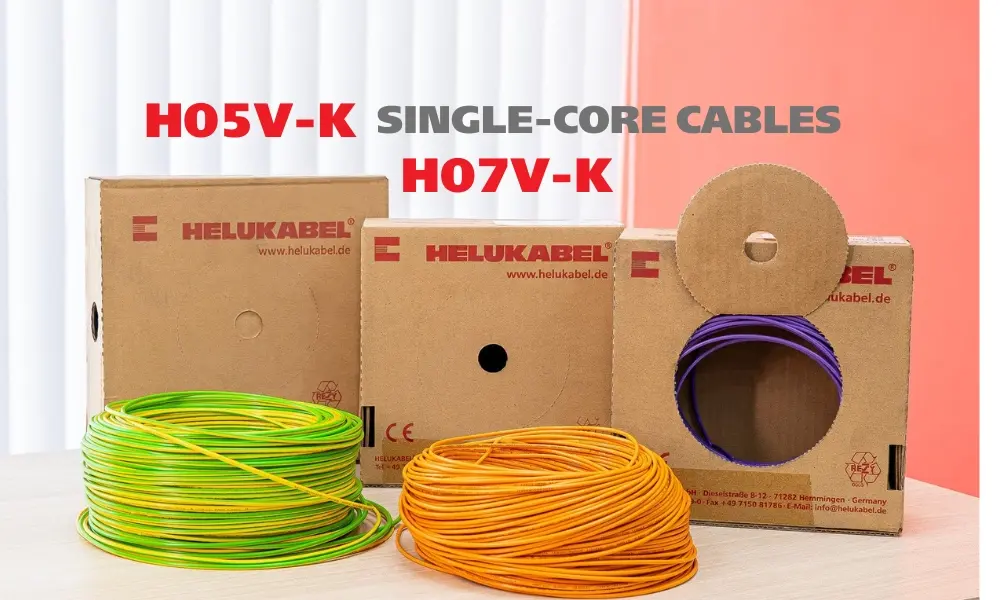
2.2 Materials used
Basically, the two types of cables share similarities in terms of structure. One major difference lies in the conductor materials and insulation used.
- Residential wires typically have a simple structure with PVC insulation and sheathing to reduce cost. These cables usually lack extra protective layers.
- Industrial cables are built for harsh environments, with more complex structures. They often feature robust insulation materials like XLPE or EPR, and outer sheath made from high-grade PVC, PUR, or TPE. Many also include armor or shielding layers to protect against physical damage or signal interference.
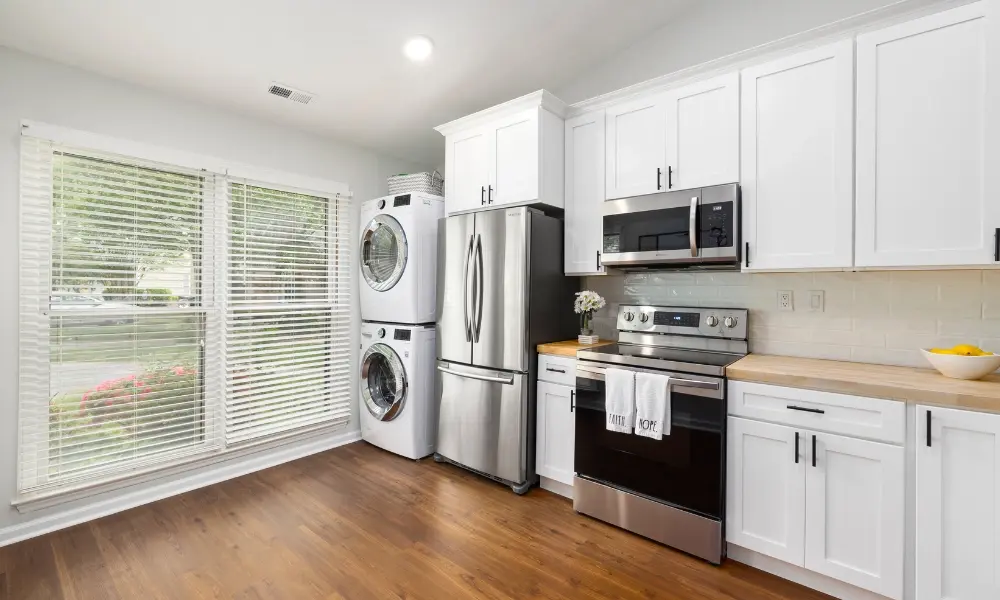
2.3 Purpose and application
Industrial cables are engineered for environments with high power demands and harsh conditions. Commonly used in factories, automation systems, power stations, and areas exposed to high temperatures, humidity, vibration, or chemicals. These cables often transmit both power and control signals in industrial systems.
Residential cables, on the other hand, are used primarily for basic household needs such as lighting, appliance power, and low-power data transmission. Designed for stable environments, they prioritize safety and cost-efficiency within single-phase home electrical systems.
2.4 Installation requirements
Industrial cable installation demands advanced techniques and strict compliance with safety and performance standards. Cables are typically installed in protective conduits, cable trays, or armored sheathing to resist impact, vibration, and corrosion.
Residential installations are simpler, involving concealed wiring behind walls, ceilings, or under floors using flexible, PVC-insulated wires. These systems operate in stable conditions and focus on electrical safety and cost-effective installation.
3. Common types of residential electrical cables
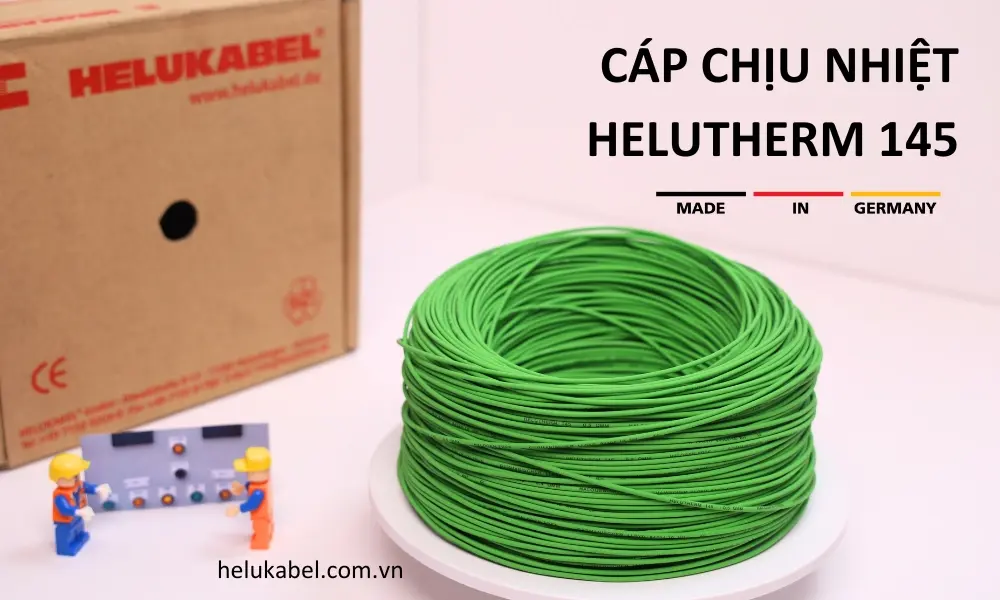
A home's safe and efficient operation relies heavily on its electrical wiring system - an intricate network hidden behind walls and ceilings. Electrical cables act as the “nervous system” of a house, delivering electricity to appliances, lights, and electronic devices throughout the living space. Common residential cable types include:
3.1 Single core cables
Single core cables are the most common and recognizable residential cables. They typically feature PVC insulation and come in various colors. Key HELUKABEL products include:
- H05V-K / H07V-K : Available in many colors (black, white, blue, gray, brown, red, orange, purple, pink, green, yellow, etc.)
- HELUTHERM 145 : Made of heat-resistant XLPE
- Other options include PUR, rubber, and silicone-insulated wires for applications such as rooftop solar systems, buildings, and shopping malls.
3.2 Armored cables
These cables include a metal armor layer for enhanced mechanical protection and impact resistance. The armor - usually made of flexible galvanized steel - is both strong and flexible, making it ideal for tight spaces. They are commonly used in basements, garages, or areas requiring extra protection; high power appliances like air conditioners, washing machines, or water heaters.
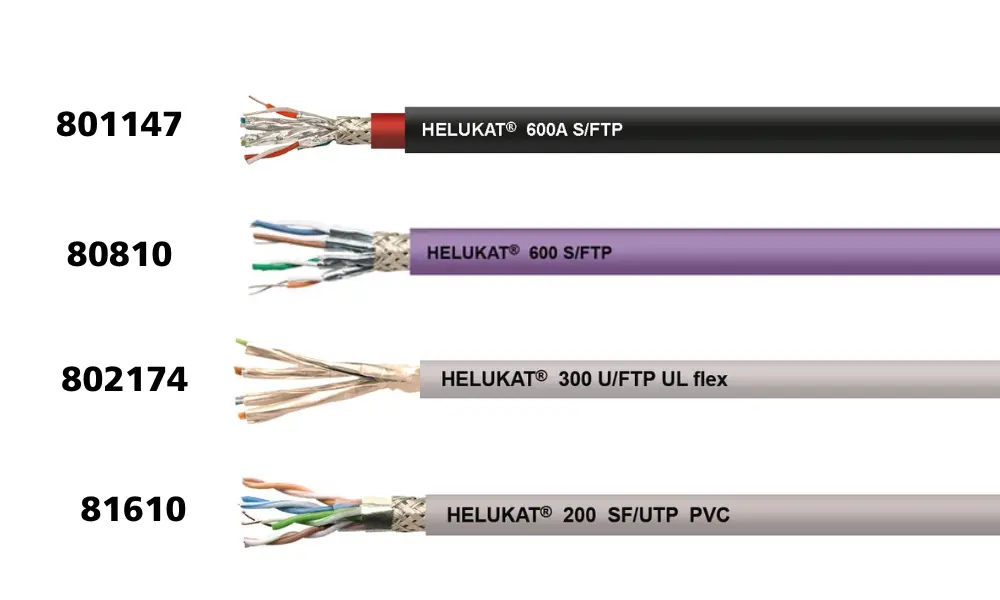
3.3 Twisted pair cables
Twisted pair cables feature two insulated conductors twisted together to reduce electromagnetic interference (EMI) and crosstalk. As a result, they are widely used for telecommunications as well as Ethernet networking in residential installations.
Key HELUKABEL products:
- HELUKAT ® 600A CAT.7e S/FTP PVC STATIC | Part no. 801147
- HELUKAT ® 600 CAT.7e S/FTP FRNC STATIC | Part no. 80810
- HELUKAT ® 300 CAT.6 U/FTP PVC FLEX | Part no. 802174
- HELUKAT ® 200 CAT.5e SF/UTP PVC STATIC | Part no. 81610
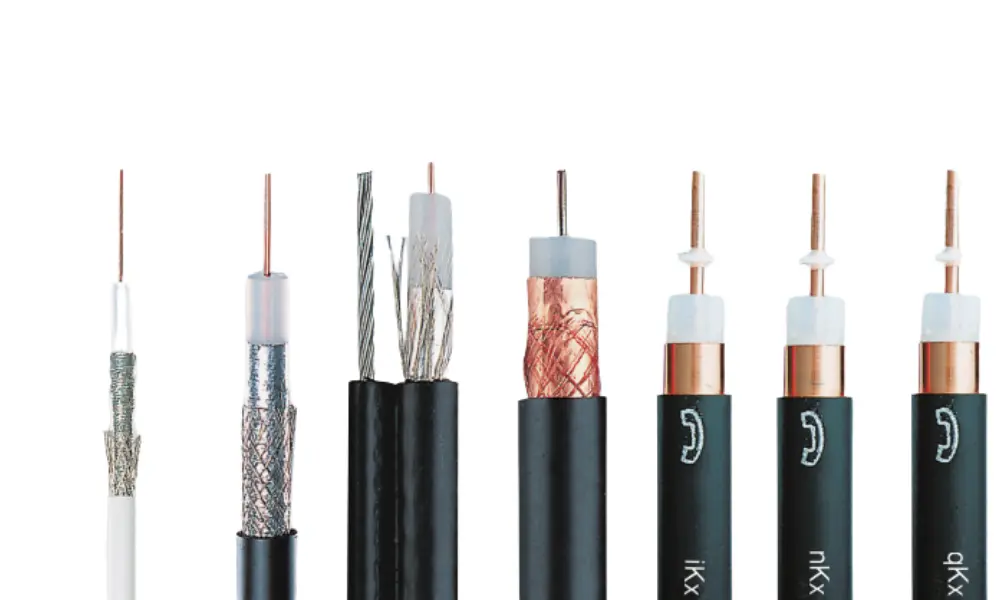
3.4 Coaxial cables
Coaxial cable is a type of residential electrical cable consisting of a central conductor, surrounded by an insulating layer, a metallic shielding layer to prevent interference, and an outer sheath. Coaxial cables are commonly used in Cable Television (CATV), Satellite Television (SATV), and broadband internet systems.
HELUKABEL’s coaxial cable product lines:
- For SATV (Satellite TV) systems: HELUKABEL offers coaxial cables under the following series: SAT, SAT/BK, SAT ALG types.
- For CATV (Cable TV) systems: HELUKABEL's coaxial product lineup includes: ALG, FG, ALG-T, A-2YK2Y1 ikx, A-2Y0K2Y1 nKx, A-2Y0K2Y1 qKx, and more.
3.5 Fibre optic cables
Thanks to their high bandwidth capacity and immunity to electromagnetic interference, fibre optic cables are an ideal solution for high-speed internet and telecommunication applications. Today, fibre optic cables are increasingly used in residential construction due to their stability, exceptional performance, and ability to handle large data transmissions. Some typical fibre optic cables from HELUAKBEL suitable for residential electrical wiring include:
- HELUCOM ® I-VH | Part no. 80783
- HELUCOM ® A/I-DQ(ZN)BH | Part no. 80270
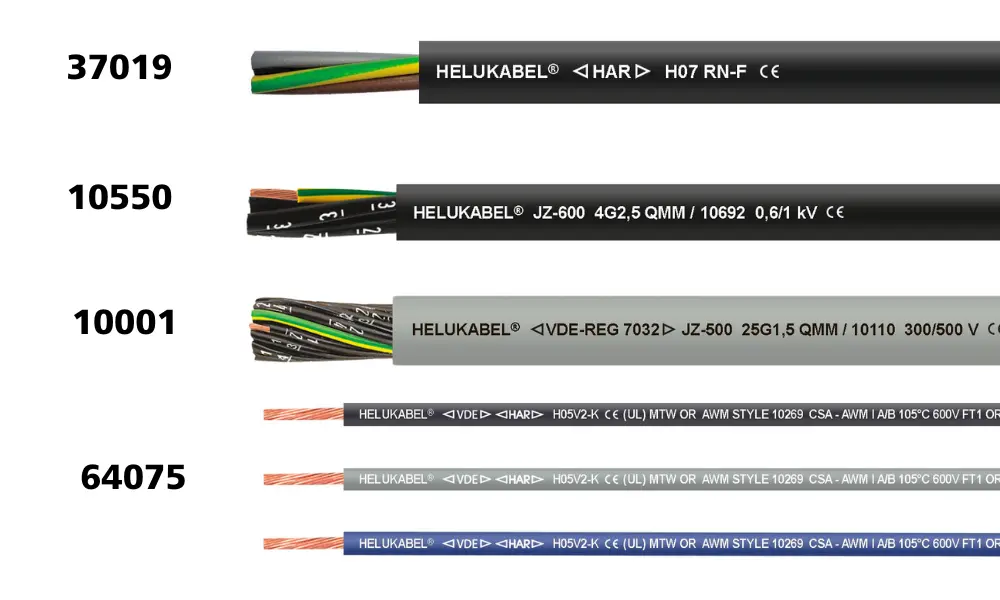
3.6 Low voltage cables
Low voltage cables are a type of residential electrical wiring designed for circuits operating at 50V or less. These systems require lower current compared to standard household electrical systems. Common applications include telephone lines, computer networks, security cameras, and audio-visual systems.
Low voltage wiring typically uses small gauge conductors and specialized connectors to transmit data and signals efficiently and reliably. Notable HELUAKBEL product lines for low voltage applications include:
- H07RN-F | Part no. 37019
- OZ-600 | Part no. 10550
- JZ-500 | Part no. 10001
- FIVENORM, H05V2-K | Part no. 64075
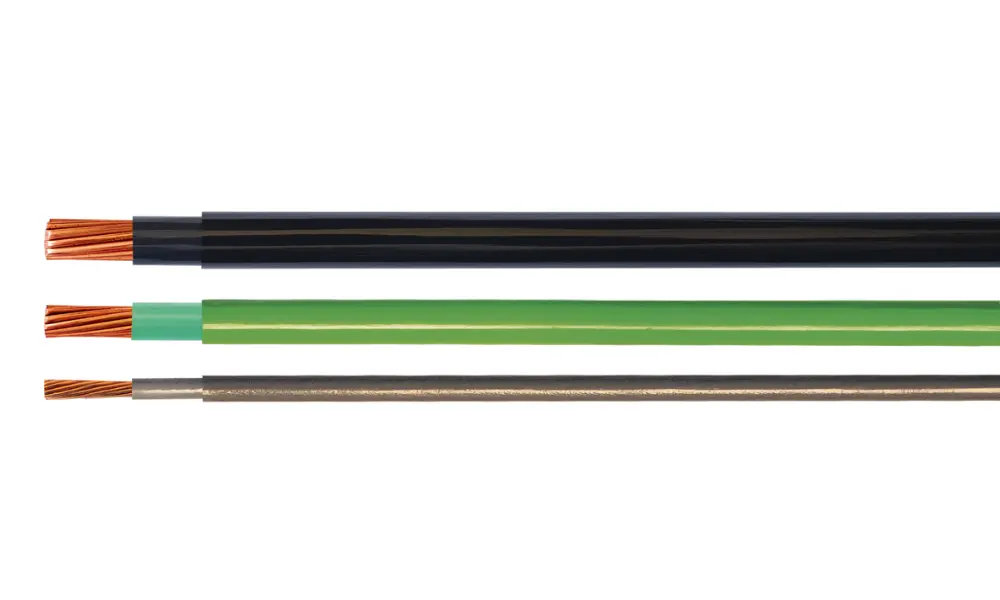
3.7 THHN/THWN cables
THHN (Thermoplastic High Heat-resistant Nylon-coated) and THWN (Thermoplastic Heat and Water-resistant Nylon-coated) are two commonly used electrical cables in residential applications, favored for their high durability, strong resistance properties, and flexibility during electrical system installations.
Both types are constructed with PVC (thermoplastic) insulation and an outer nylon jacket to enhance mechanical protection and resistance to moisture and chemicals.
- THHN cables can operate at up to 90°C and 600V in dry or damp environments.
- THWN cables is suitable for 75°C operation in both dry and wet environments.
These cables are often used to supply power to lighting systems, switches, outlets, and household appliances such as refrigerators, ovens, and air conditioners.
3.8 Underground Feeder (UF) cables
Underground Feeder (UF) cable is specifically designed for direct burial without the need for conduit. It features a thick, moisture-resistant outer jacket that offers excellent water resistance and protection against harsh environmental conditions, making it ideal for underground installations.
This type of cable is widely used in outdoor lighting systems, automatic irrigation systems, and other outdoor electrical applications that require durability and moisture protection.
Representative HELUKABEL products suitable for underground applications include: NYY-J/NYY-O, NYCWY, N2XH-J/N2XH-O
If you still have any concerns or questions, don't hesitate to reach out to HELUKABEL Vietnam's engineering team promptly for detailed assistance.
HELUKABEL® Vietnam
| Address | 905, Nguyen Kiem Street, Ward 3, Go Vap District, Ho Chi Minh City 700000, Vietnam |
| info@helukabel.com.vn | |
| Hotline | +84 28 77755578 |
| Website | www.helukabel.com.vn |
| Discover our products and place orders | Tiki | Shopee | Lazada | Product finder |
| Follow us on | Facebook | LinkedIn | Instagram | Youtube | Zalo | WhatsApp | Tiktok | Spotify |


